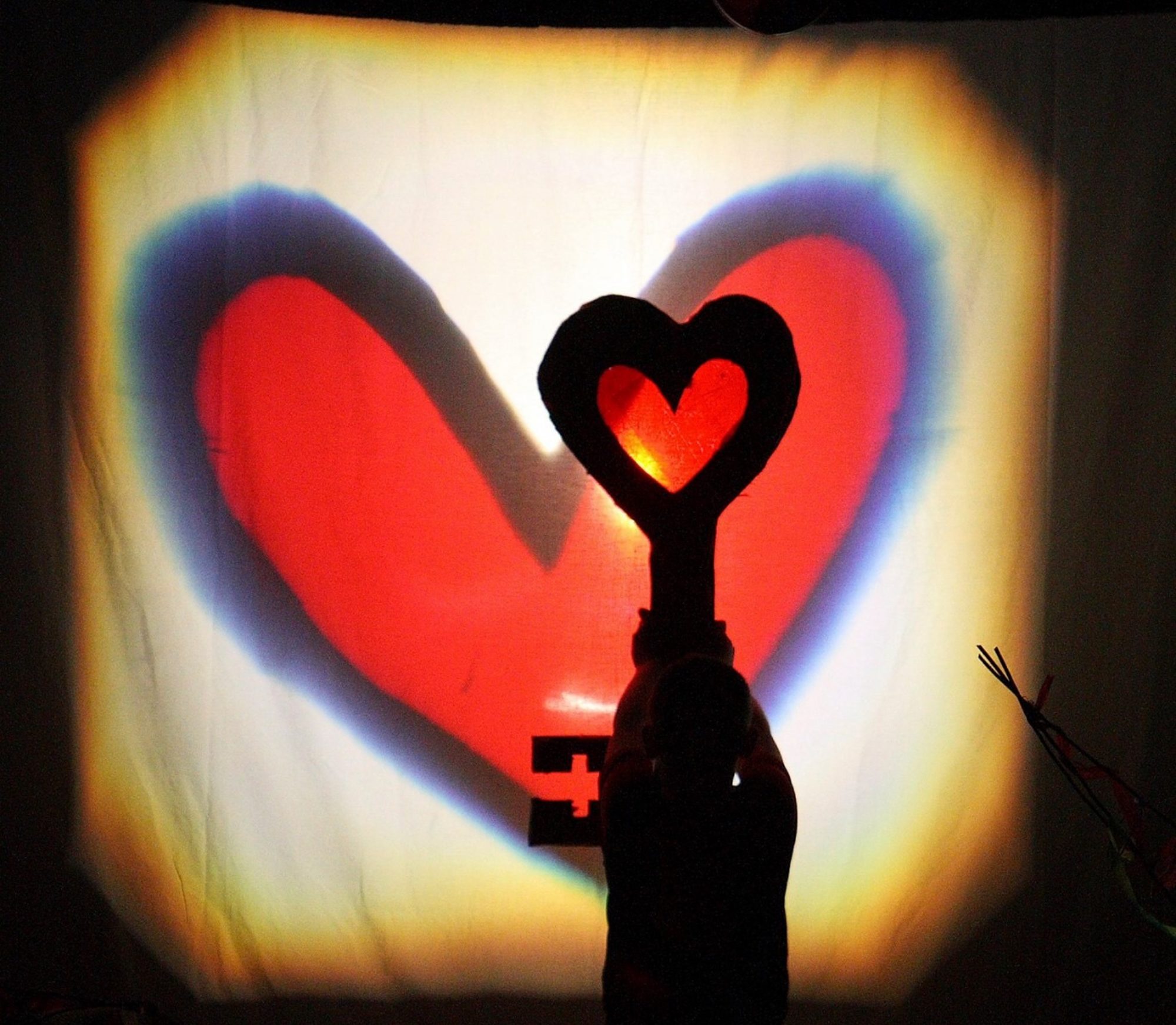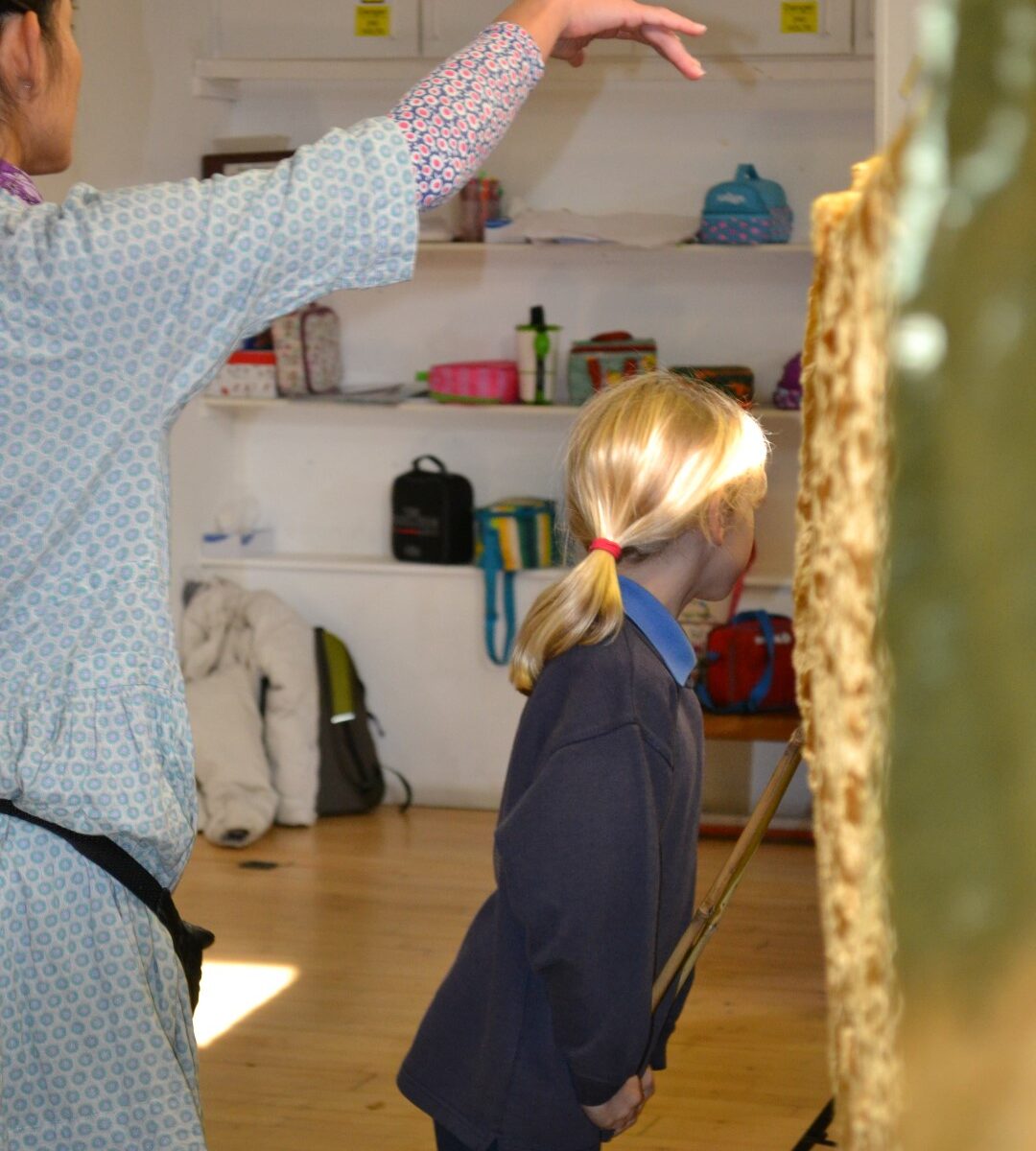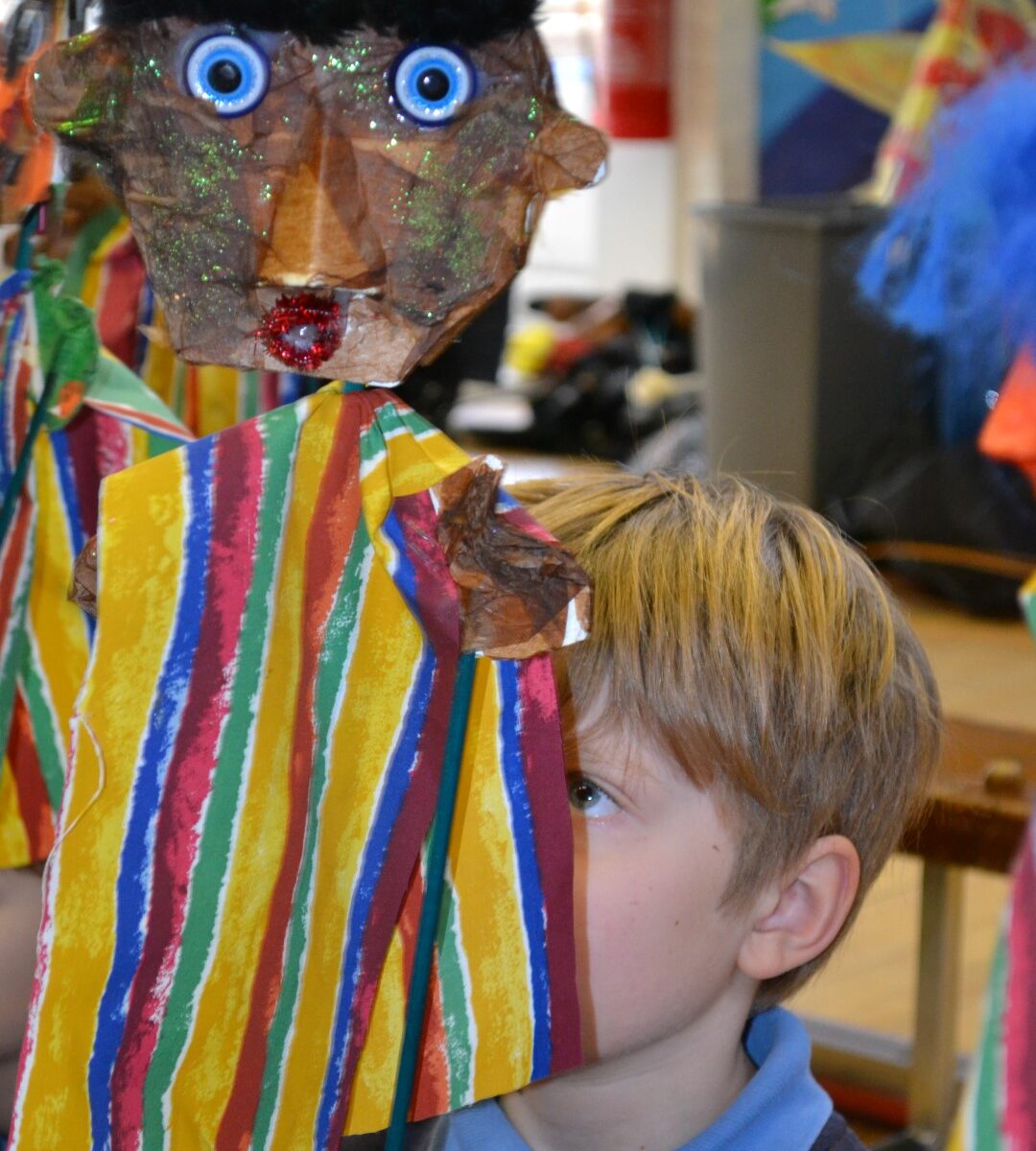Glow Matters
At the beginning of his book ‘The Element’, Ken Robinson recounts the story of a young girl being in her own world at the back of the class. The girl’s head is buried behind her crooked arm and she’s immersed in drawing something. The teacher goes over and asks the girl what she’s doing. The girl answers, “drawing”. The teacher asks her what she’s drawing. The girl answers “God.” The teacher informs the girl that nobody knows what God looks like and the girl says, “Well, they will in a minute.”
Two ways of looking at that tale. The young girl wasn’t paying attention to what the rest of the class was supposed to be doing and she was lost in her own fantasy world. Or, the girl was someone with imagination and originality opening a subject for discussion and exploration by everybody else in the room. Both ways have a point, depending on the context but if the aims of education are to open hearts and minds to new things whilst drawing from their motivations and social realities then this moment of drawing God was a brilliant opportunity for everyone in the room to explore a subject that could, by its nature, lead anywhere.
There’s a concept invented and used by Dorothy Heathcote, who was a pioneer of using drama as a learning medium, called ‘Dropping to the Universal’. What Dorothy meant that there is a way for anything that arises to be relevant if you ask the right questions. So, she would start her classes by asking the group what they wanted to make a show about; confident in the knowledge that any subject they chose could open up an endless list of questions starting from big questions: When did this happen? Where did it happen? Who did happen to? What happened? Why did it happen? And, from each of those generalities getting more and more specific in the questions. In this way a class might choose to make a show about pirates but they would end up researching a history, boats, geo-political situations, economic questions, criminology, mathematics and the list goes on…one thing leads to the next.
Early on in this little series, I referenced the National Curriculum and, whilst Dorothy’s approach might touch on many relevant topics, it’s not an approach that lends itself to standardisation. My approach doesn’t lend itself either. I run workshops. And to go back to another earlier reference, I was lucky enough to get a grant to run a project that begun with me interviewing artists about their workshop practice. This quote from those interviews has informed my practice since: “A workshop is the one story and it has a thread and one thing leads to the next to the next… it’s built there and everything goes towards building that, nothing is wasted.” Nothing is wasted. This narrative approach is a way of finding out and building together but, as important, it is a way of intensifying experience so that it is relevant and memorable. By building something and finding meaning together, a new story is created.
And here I hit mystery.
I have been in hundreds of workshops and in nearly all of them I have been the workshop leader. I watch the glow build and I feel it in myself. I am both separate from the rest of the group in my distinctive role and simultaneously I am with them. So, when they glow, I glow and I don’t know exac6ly what’s just happened. It’s just happened. But time after time, I get adults coming up to me and saying something like, “you probably don’t remember me but you came to my school and we made that show. I still remember. I fact my child plays with the puppet that I made back then. I’ve still got it.”
Now that matters. That crystalising of a memory, of something learnt, matters. We need an education that provides an environment that is relevant to life. Remembered things have greater relevance than forgotten things. If the remembered things about schooling are hurt or shame or failure then this is not a good thing. The room glows at the end of residencies and the end of shows because something relevant and affirming has been built.
I have been very lucky because, despite the restrictions of standardisation, assessment, league tables, lack of funding and many other challenges that schools, I have increasingly got to work with schools and headteachers who see the relevance of children glowing with self-esteem and the joy of effective, collective imaginative endeavour. So, more and more, we have been asked to not only animate world stories with the children but write new world stories and animate those. These events have been placed at the centre of a term’s work to build towards and to build from. When our van pulls up at the school and the children first see us it’s a little like the old films of The Beatles getting off the plane. But…and there’s always an if or a but, I am not doing that anymore. The work will continue though because the team of artists are brilliant and led by Karol Da Silva.
AND…and ‘and’ might be the biggest word in any language…the work we have been doing has been put into a book called Making Worlds – The Creation Myth Puppets Handbook (https://tonygeeauthor.com/making-worlds/). The book is out and on sale on Amazon and from my website AND the official launch will be in a week-long, participatory exhibition at Birdwood House ( https://www.birdwoodhouse.org.uk/ ), Totnes High Street from March 3rd to 9th. We will exhibit the originals of Charlie’s beautiful illustrations, tell some stories, make some puppets, create a wish wall and show examples of our work over 40 years with thousands upon thousands of children. AND, as the story goes on and YOU make it and, as the story says, “this will last forever BUT forever never lasts!”



